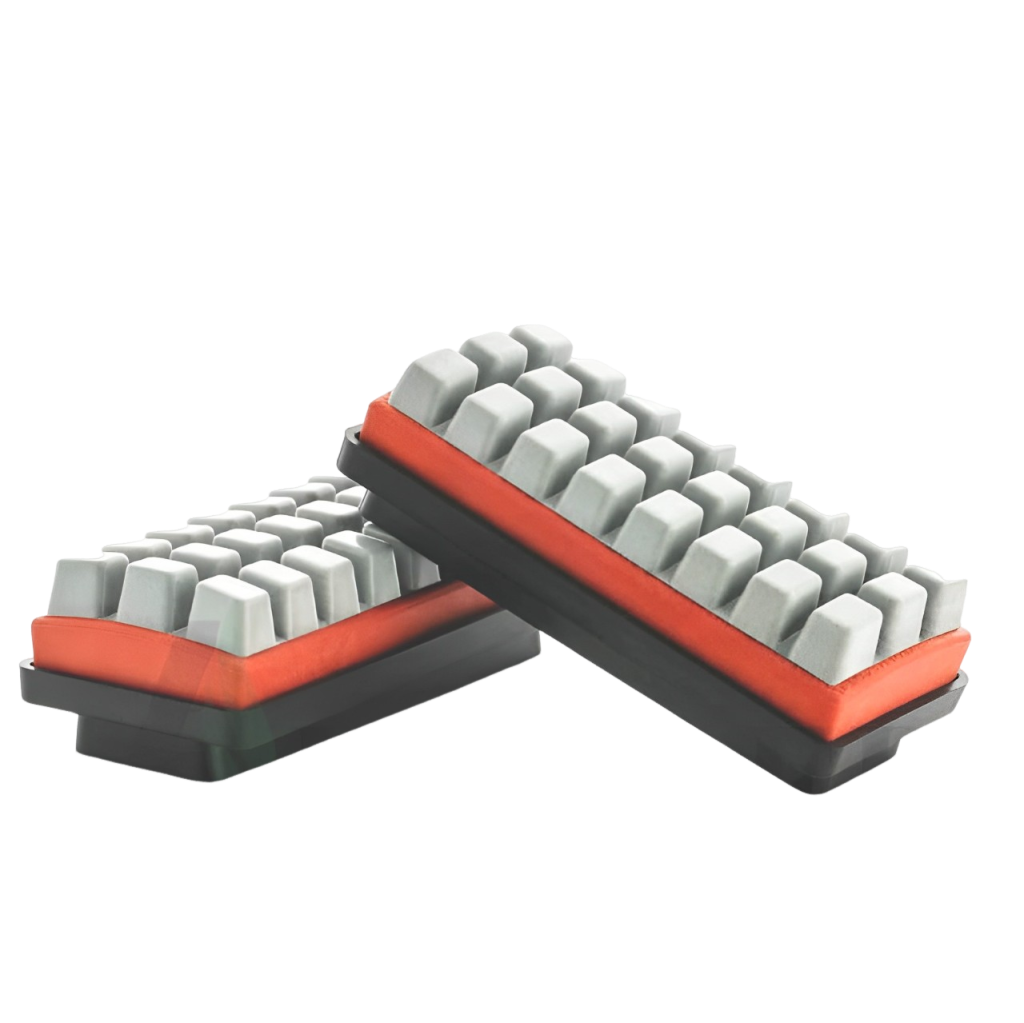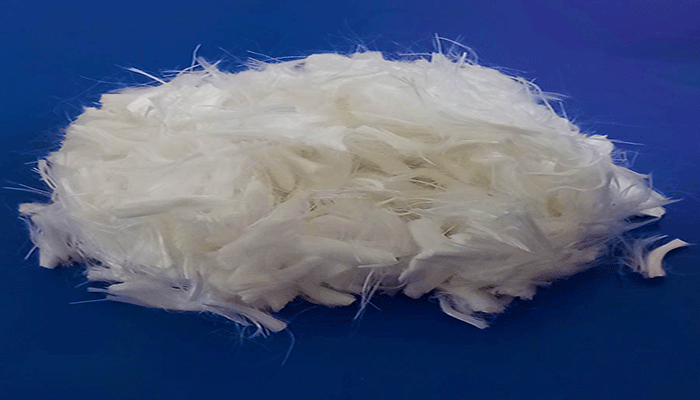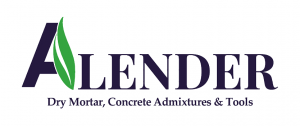.we are going to describe our product that called Alender Lappato Abrasive
Lappato Abrasive is an essential diamond grinding tool utilized in the tile production process, specifically designed for polishing the surfaces of various types of tiles and stones. This versatile tool is suitable for a wide range of applications, including
Full polishing of glazed tiles.
Semi-polishing of glazed tiles.
Polishing of interior wall glazed tiles.
Finishing stone-like tiles.
Achieving crystal effects on tiles.
Working with rustic tiles.
Polishing concave surfaces.
Treating all varieties of glazed vitrified tiles.
Alender Lappato Abrasive can be installed on both semi-automatic and automatic ceramic polishing machines, making it adaptable to different production environments
One of the standout features of Alender Lappato Abrasive is its advanced temperature control technology, which helps maintain optimal performance during the polishing process. Additionally, it offers excellent sharpness and durability, ensuring that users achieve high-quality finishes while maximizing tool life. This makes Lappato Abrasive a reliable choice for manufacturers looking to enhance the aesthetic appeal and quality of their tile products.
Lappato abrasive tools play a crucial role in the ceramic tile manufacturing process, particularly for achieving a distinctive Lappato finish. This finish is characterized by a smooth, matte appearance that enhances the aesthetic appeal of the tiles while also providing practical benefits.
:Key Features of Alender Lappato Abrasive Tools
:Specialized Abrasives
Diamond Abrasives: Known for their durability and effectiveness, diamond abrasives are ideal for achieving a high-quality finish on ceramic surfaces.
Silicon Carbide Abrasives: These abrasives are commonly used for their sharp cutting ability and are effective in creating a smooth surface.
Alumina Abrasives: Often utilized for their hardness and versatility, alumina abrasives can provide a fine finish to various tile surfaces.
In Alender company, we mostly produce Diamond Abrasives
:Application in Tile Production
Lappato abrasives are typically employed in the final stages of tile production, following the firing and glazing processes. This ensures that any imperfections are corrected, resulting in a refined surface.
The tools are designed to evenly abrade the tile surface, creating a consistent matte finish that enhances the overall look of the product.
Benefits of Lappato Finish
Aesthetic Appeal: The sleek, modern appearance of Lappato-finished tiles makes them a popular choice for contemporary interior design.
Ease of Maintenance: Tiles with a Lappato finish are generally easier to clean, as their smooth surface does not trap dirt and grime as much as more textured finishes.
:Versatility
Lappato abrasive tools can be used across various types of ceramic tiles, making them suitable for
diverse manufacturing needs.
By utilizing Lappato abrasive tools, manufacturers can produce high-quality tiles that not only meet aesthetic demands but also offer practicality and ease of maintenance, catering to the preferences of modern consumers.
When selecting Lappato abrasive tools for ceramic tile production, several important factors should be taken into consideration to ensure optimal results. Here’s a comprehensive guide to help you make the right choice
:Type of Abrasive Material
Diamond Abrasives: Ideal for high-quality finishes due to their durability and efficiency. They are suitable for hard materials and can provide a superior Lappato finish
Silicon Carbide Abrasives: More cost-effective but may wear out faster. They are suitable for softer materials and can still produce a satisfactory finish
Alumina Abrasives: Versatile and effective for various applications, providing a good balance between performance and cost
Due to the high demand and high quality of Diamond Abrasives in Alender company, the most production in Alender is Diamond Abrasives
Tool Type
Pads: Flexible and suitable for curved or uneven surfaces. They can be used for both wet and dry polishing
Discs: Commonly used for flat surfaces, offering consistent results. The choice of grit size will affect the finish quality
Brushes: Useful for detailed work and reaching corners or intricate designs, providing a different texture compared to pads and discs
:Tile Size and Shape
Consider the dimensions and contours of the tiles being processed. Ensure that the tools you choose can effectively cover the entire surface area without leaving unpolished spots
Desired Finish Quality
Determine the level of smoothness or texture required for the final product. Different abrasives and tools will yield varying levels of glossiness or matte finishes
Abrasiveness Level
Assess the required aggressiveness of the tool based on the initial surface condition of the tiles. A more aggressive abrasive may be needed for rougher surfaces, while finer abrasives can be used for finishing touches
Production Process
Understand how the chosen tools fit into your overall production workflow. Compatibility with existing machinery and processes is crucial to maintain efficiency
Consultation with Experts
Engage with specialists or experienced ceramic tile manufacturers who can provide insights based on their expertise. They can recommend specific products based on your unique requirements
Manufacturer Reputation
Choose reputable brands known for producing high-quality abrasive tools. This ensures better performance, reliability, and support in case of any issues
Cost Considerations
While quality is paramount, consider your budget constraints. Balance between performance and cost-effectiveness to ensure you get the best value for your investment
Trial and Testing
If possible, conduct trials with different tools and abrasives on sample tiles to evaluate their performance before making a bulk purchase
By carefully considering these factors, you can choose the right Lappato abrasive tools that meet your production needs and deliver the desired finish on your ceramic tiles
Line Polishing Machine Overview
A line polishing machine is an essential component in the ceramic tile production process, specifically designed to enhance the surface quality of tiles by providing a smooth and glossy finish. Here’s a detailed breakdown of its features, functions, and considerations
Key Components and Functionality
Conveyor Belt System
The machine operates on a conveyor belt that transports the tiles through various polishing stations. This automated movement ensures a continuous and efficient polishing process
Polishing Heads/Discs
Multiple polishing heads are mounted along the conveyor belt. Each head is equipped with abrasive materials that perform the polishing action. The number of heads can vary depending on the machine design and desired finish quality
Abrasive Materials
The choice of abrasive material is crucial for achieving the desired finish. Common abrasives include
Diamond Abrasives: Provide exceptional durability and are ideal for hard tiles, delivering a high-gloss finish
Silicon Carbide Abrasives: Cost-effective and suitable for softer materials; they offer good performance but may wear out more quickly.
Alumina Abrasives: Versatile and effective for various tile types, providing a balance between performance and cost
:Water or Lubrication System
Many line polishing machines incorporate a water or lubrication system to cool the abrasives and reduce dust during the polishing process. This helps maintain the quality of the finish and prolongs the life of the abrasive materials
Control System
Modern machines often feature computerized control systems that allow operators to adjust parameters such as speed, pressure, and polishing time for optimal results
Applications
Line polishing machines are primarily used in the final stages of ceramic tile production, particularly for
Glossy Finishes: Ideal for applications in kitchens, bathrooms, and high-end residential or commercial spaces where aesthetics are important
Surface Preparation: Ensuring tiles have a smooth surface for further treatments like glazing or sealing
Advantages
Efficiency: Automated processes reduce manual labor and increase production speed
Consistency: Provides uniform polishing across all tiles, ensuring a high-quality finish
Versatility: Can be used for various tile sizes and types, adapting to different production needs
Considerations for Selection
Production Volume: Choose a machine that can handle your expected output to ensure efficiency
Tile Specifications: Consider the type of tiles you will be polishing (material hardness, size, etc.) to select appropriate abrasives and machine settings.
Maintenance Requirements: Evaluate the ease of maintenance and availability of spare parts to minimize downtime
Energy Consumption: Assess energy efficiency to reduce operational costs
Manufacturer Support: Look for reputable manufacturers who provide good customer support and technical assistance
Conclusion
A line polishing machine plays a vital role in achieving the desired finish on ceramic tiles, enhancing their aesthetic appeal and marketability. By understanding its components, functionality, and selection criteria, manufacturers can optimize their production processes and deliver high-quality products to their customers
FAQs
?What is Alender Diamond Lappato Abrasive Polishing Tools
The “Diamond Lappato Abrasive Polishing Tools” are indeed essential for achieving the high-quality finish characteristic of Lappato tiles. Alender Diamond Lappato Abrasive Polishing Tools utilize diamond abrasives, which are renowned for their durability and effectiveness in polishing hard surfaces, including ceramic tiles
?What is difference between Alender Full polishing and Alender Semi-Polishing
Full Polishing of Glazed Tiles
Gloss Level: Full polished tiles have a high-gloss finish that reflects light effectively, creating a shiny and reflective surface
Surface Smoothness: The polishing process involves grinding and polishing the tile surface to achieve an ultra-smooth finish. This often involves multiple stages of polishing with finer abrasives
Durability: Full polished tiles tend to be more durable in terms of surface wear due to the hard, dense surface created during the polishing process.
Maintenance: While they are visually striking, full polished tiles may require more maintenance to keep them looking pristine, as they can show scratches and dirt more easily.
Semi-Polishing of Glazed Tiles
Gloss Level: Semi-polished tiles have a lower gloss level compared to full polished tiles. They provide a subtle sheen rather than a high gloss.
Surface Texture: The polishing process is less intensive than full polishing, resulting in a surface that may still have some texture or slight imperfections, giving it a more natural look
Durability: While still durable, semi-polished tiles might be slightly less resistant to wear compared to fully polished tiles due to the less intensive polishing process
Maintenance: Semi-polished tiles tend to be easier to maintain than full polished tiles, as they are less prone to showing scratches and dirt
?Where should use Alender Full polishing or Alender Semi-Polishing
Alender Full polishing often used in high-end residential and commercial spaces where aesthetics are a priority, such as in lobbies, showrooms, and luxury homes
Alender Semi-Polishing is suitable for a variety of settings, including residential areas, commercial spaces, and places where a balance between aesthetic appeal and practicality is desired
?How to clean Alender lappato tiles
Cleaning lappato tiles is quite similar to cleaning matte porcelain tiles. Follow these steps for effective maintenance
Sweep First: Begin by sweeping the floor to remove any dust and debris. This prevents scratching the surface during the cleaning process
Use Neutral Cleaning Products: Opt for neutral pH cleaning solutions that are safe for glossy surfaces. Avoid harsh chemicals that could damage the finish of your tiles
Hot Water: Incorporate hot water into your cleaning routine, as it helps to break down dirt and grime more effectively.
Extra Care: With proper care and maintenance, your lappato tile surfaces can last longer and retain their beauty
?Alender Diamond polishing pads grits
#120 , #180, #20, #320, #400, #600, #800, #1000, #1200, #1500, #2000, #3000, #6000, #8000













